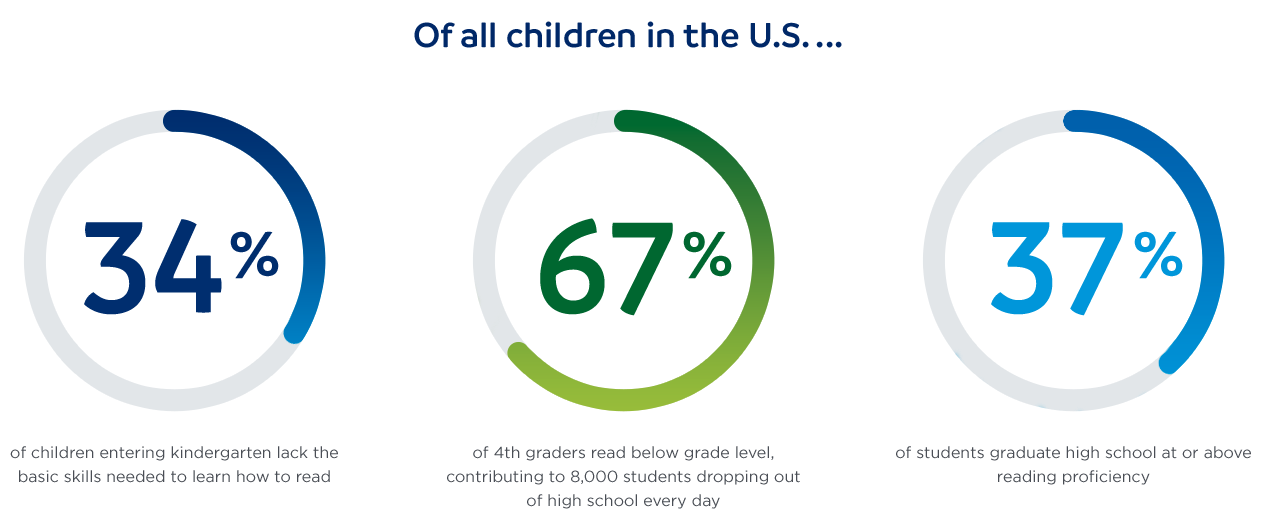The Benefits of Extracurricular Activities for School Children
As parents, you want your school-aged child to not just do well in school and get good grades. You want them to develop holistically so that they grow up to be well-rounded adults. While academics undoubtedly are essential, it is important to recognize the tremendous value of engaging in extracurricular activities. These activities include individual or team sports, music, dancing, theatre, painting, sculpting, pottery, debating, creative writing, coding, etc.
Beyond the classroom, these activities aren’t mere hobbies or pastimes but powerful tools that can shape your child’s future. In this blog post, we will explore the importance of extracurricular activities for school-going children and highlight their six benefits.

Why Are Extracurricular Activities Important for Kids?
These activities offer students enormous opportunities for learning outside the classroom and can have a huge impact on your child’s development. Taking part in different activities, in or outside school, can teach kids many important life skills, such as being responsible and disciplined, being organized, and managing time, that can help them throughout their lives. They allow children to find confidence outside academia.
While some students may be naturally drawn to extracurriculars, others may struggle to find their interests. That’s when it is essential to encourage your child to try out various clubs to see if something sparks their interest. Whether it’s sports, performing arts, or student organizations, there are many benefits to staying involved.
Six Key Benefits of Extracurricular Activities
1. Improves Grades
Some parents and kids worry that participating in extracurriculars may take away too much time from schoolwork and hurt their grades. However, this couldn’t be any further from the truth. Taking part in activities outside of the classroom can improve your child’s confidence, time management skills, and overall outlook on school!
Several studies have proven that students who participate in extracurricular activities and academics score high grades, have positive attitudes toward school, and have higher academic aspirations than students who do not participate in any.
Doing things that they are passionate about can increase their brain function, help them concentrate better, and help them manage time well. All of this contributes to higher grades.
2. Builds Confidence
When children pursue their passions or hobbies they like, they’re given a chance to work hard and accomplish the goals they set for themselves for the first time. And when they accomplish those tasks and achieve their goals through sheer hard work and passion, it builds their confidence like nothing else.
The more students accomplish, the more confident they become. This establishes a strong foundation and instills confidence and self-esteem to help them advance in the future.
Whether it is performing on stage, participating in competitions, or showcasing artistic skills, these experiences empower children to believe in themselves and their abilities. As they overcome challenges and achieve personal milestones, their confidence soars, paving the way for success in various aspects of life.
3. Promotes Physical and Mental Wellbeing
In today’s digital age, where sedentary lifestyles prevail, extracurricular activities play a crucial role in promoting physical fitness. Sports, dance, and outdoor adventures encourage regular exercise, enhance motor skills, and contribute to overall well-being. Moreover, these activities also have a positive impact on mental health, reducing stress and promoting a balanced and healthy lifestyle.
Kids who exercise regularly are at lower risk for many conditions, such as depression, anxiety, low bone density, obesity, etc. They also sleep better, which comes with its own health benefits. Children must aim for at least 60 minutes of exercise a day.
Not every kid is a natural athlete, or they may not be interested in high-intensity sports. They should have the opportunity to explore activities that interest them. Yoga and aerobics are some other physical activities that don’t require a lot of physical training but can be equally beneficial.
4. Provides a Sense of Belonging
Participating in extracurricular activities offers children a sense of belonging and identity. Joining a team, club, or group with other like-minded peers gives them the space to build social connections, encourages teamwork, and can help them forge lasting friendships. When kids find peers with similar passions and hobbies, it can make them feel less lonely and promote a sense of belonging in the world.
Feeling a part of something larger than themselves instills a sense of pride, camaraderie, and support, nurturing their social and emotional development. This can also promote a robust sense of self.
5. Promotes Networking and Social Skills
While there are many opportunities for children to make friends while studying in a classroom, it can be tough for shy kids to initiate a conversation with others. They might need a little nudge, a relaxed setting outside of classes, or a shared interest to open up and talk to their peers.
Extracurricular activities provide an excellent opportunity for such children to put their guard down, network, and develop essential social skills. Engaging with peers during practice, or club meetings cultivates cooperation, and communication, and encourages them to make new friends. Whether it’s collaborating on a project, resolving team conflicts, or navigating diverse perspectives, these experiences equip children with networking and problem-solving skills that come in handy in the future. Finding common ground and striking up a conversation is the cornerstone of success in the professional world.
6. Enhances Team Spirit
Extracurricular activities require students to work with their peers, as opposed to classwork. Playing a sport or participating in a club teaches young children how to work with different types of people. Learning early on how to work towards a shared goal with different kinds of people in different environments and circumstances can teach children the valuable lesson of keeping personal relations and issues at bay when working towards a shared goal. It can also encourage them to understand their own positives and their setbacks, which is useful information to understand oneself and the world better.
If their team wins a competition or a game, for instance, it can give them a collective feeling of joy and pride in themselves as well as their teammates who performed well. Similarly, if they lose a game, the shared experience of loss can help them to work together to practice harder and win the next time.
Conclusion
In conclusion, engaging in extracurricular activities provides school children with a multitude of benefits that extend beyond the classroom. From improving grades and building confidence to promoting physical and mental well-being, fostering a sense of belonging, enhancing social skills, and cultivating team spirit, these activities offer a holistic approach to a child’s development. By encouraging children to explore their passions and interests outside of academics, you can empower them to become well-rounded individuals equipped with essential life skills for future success.










